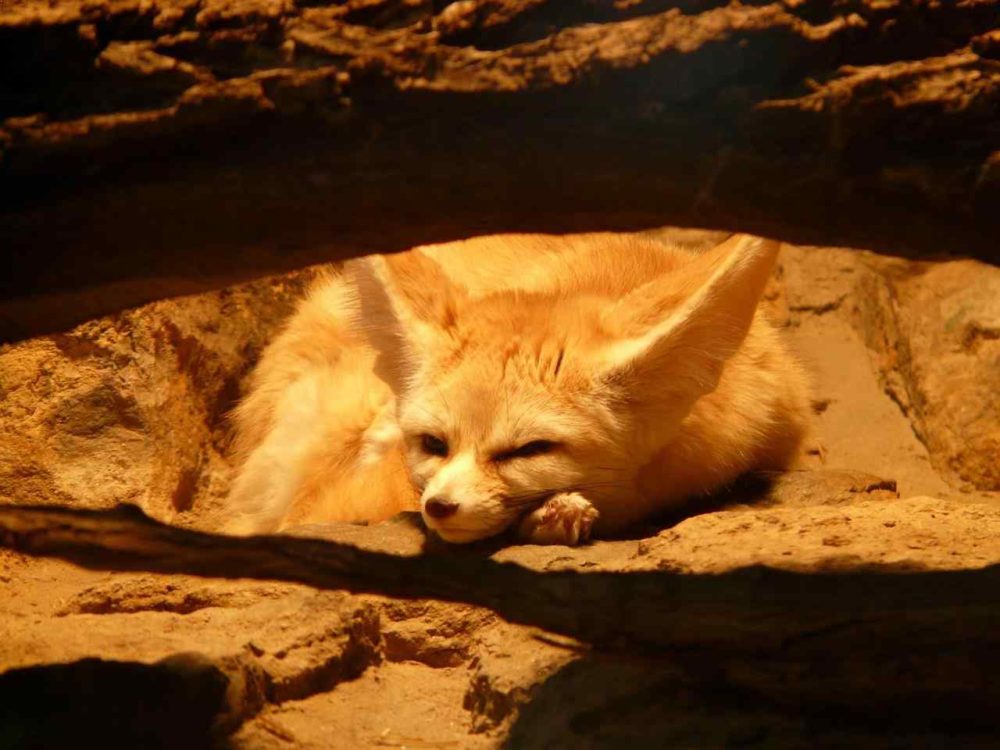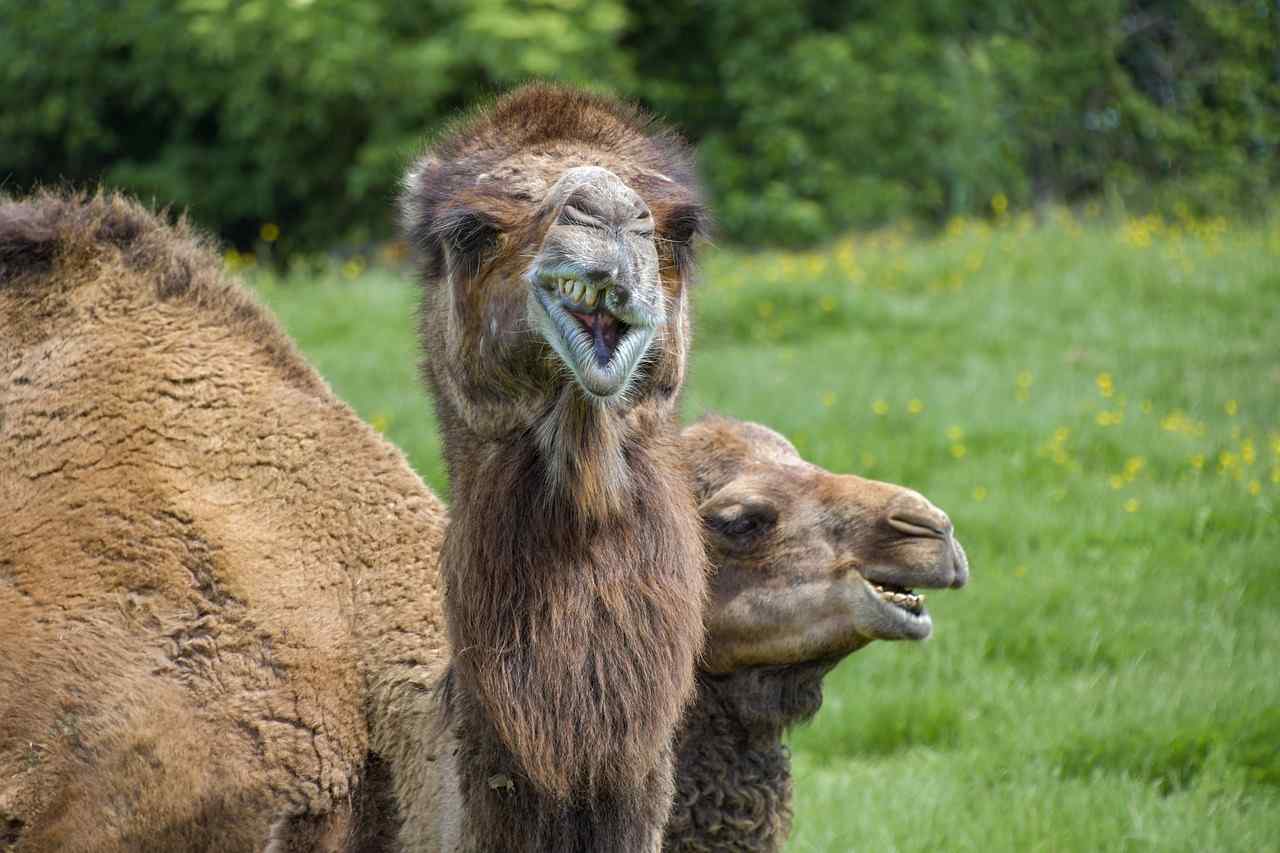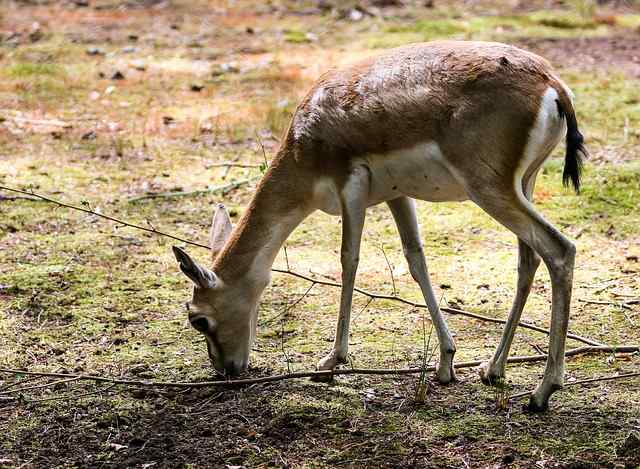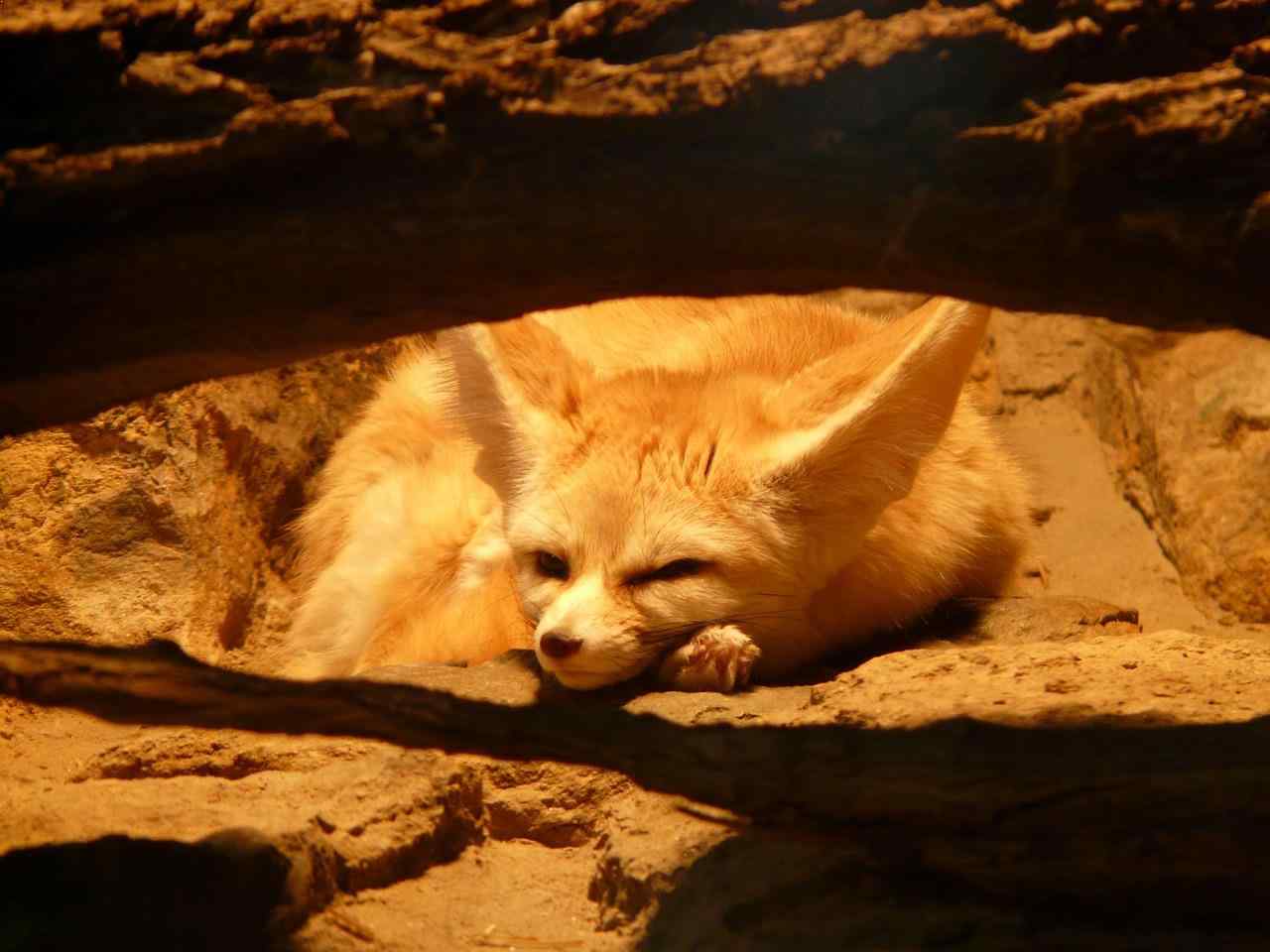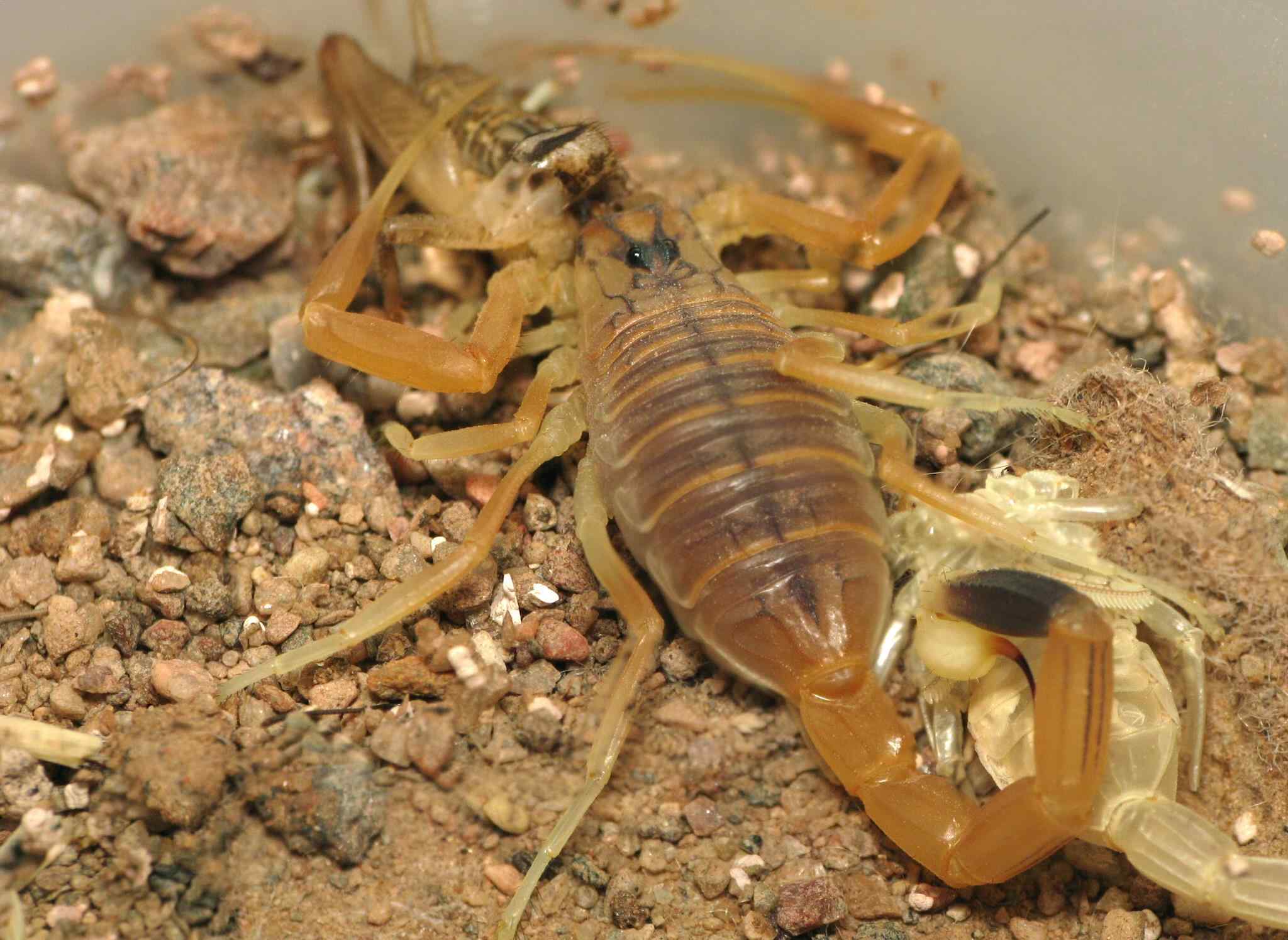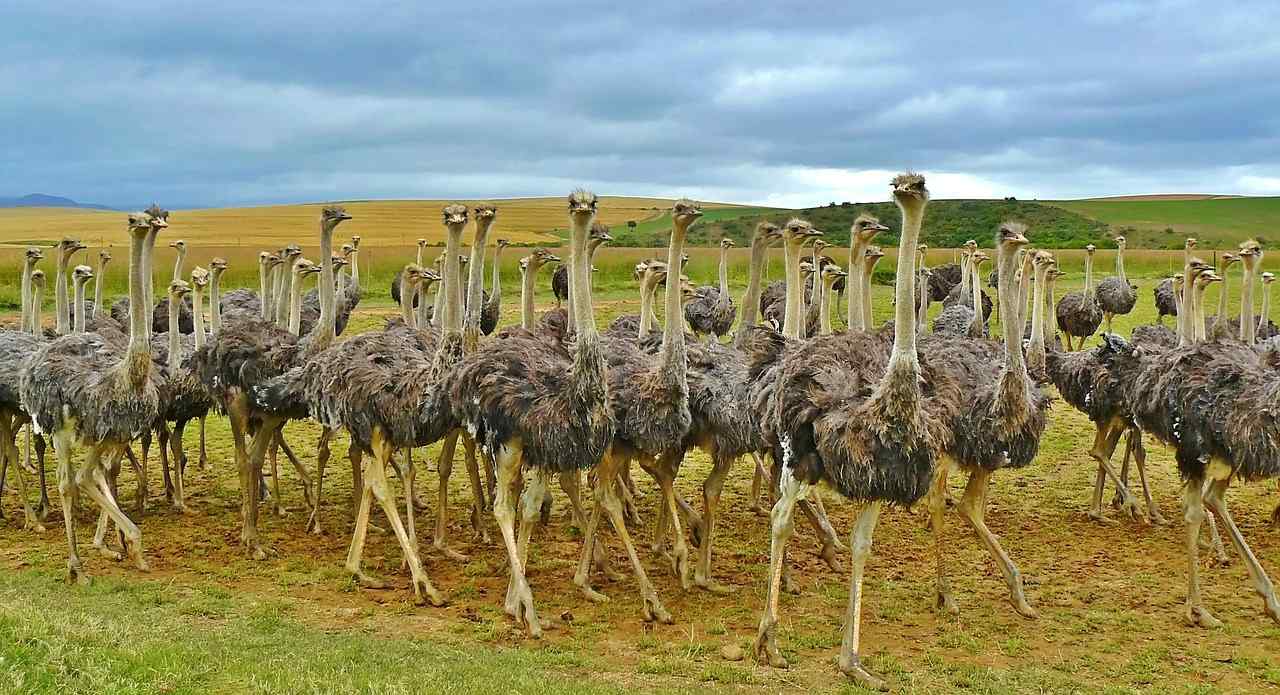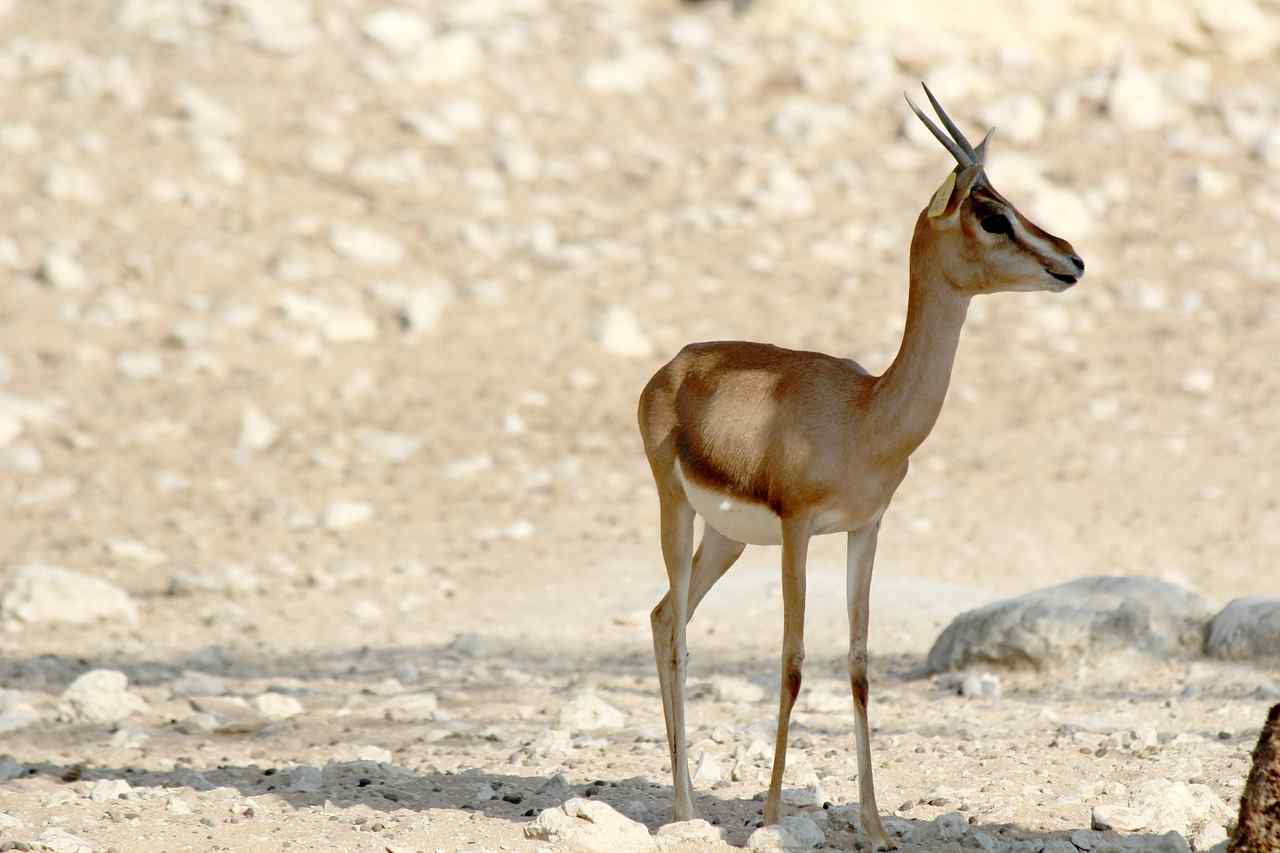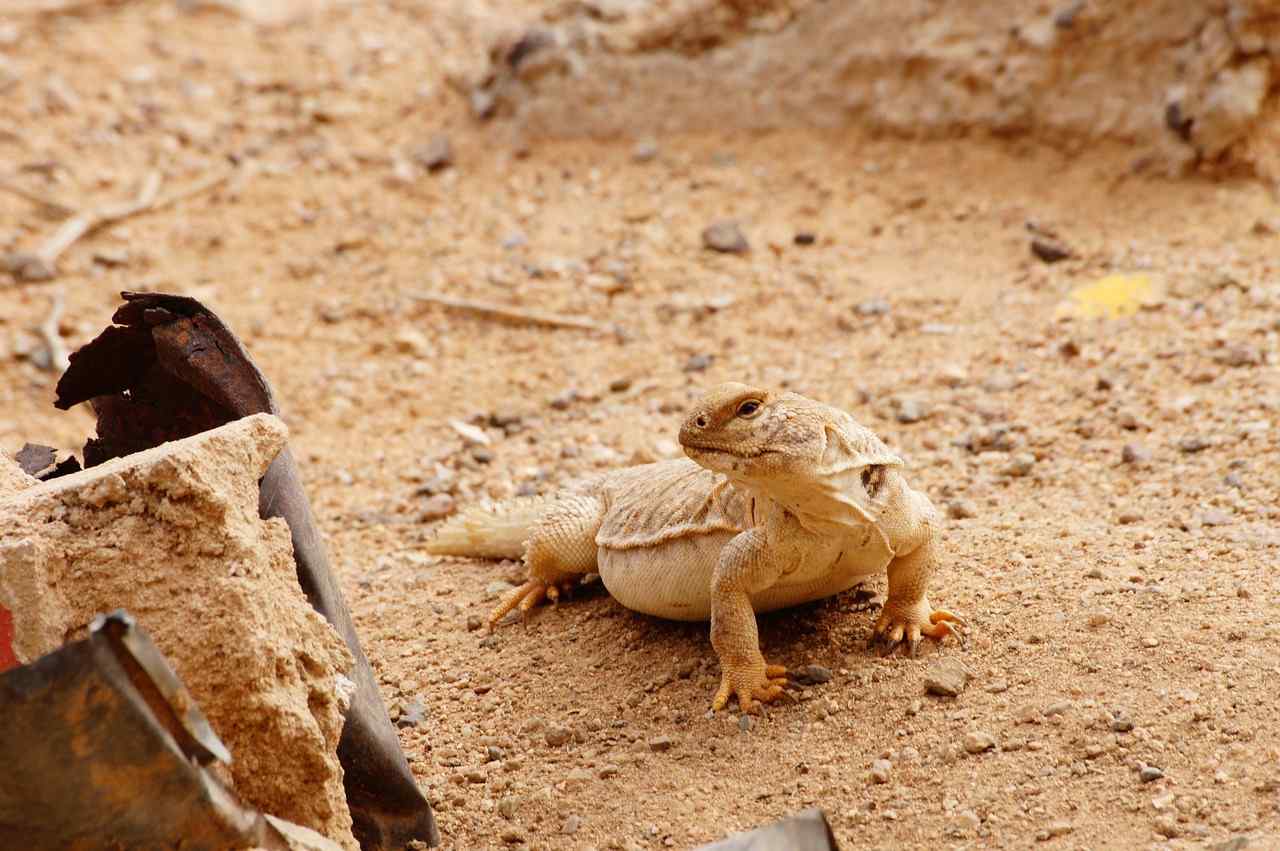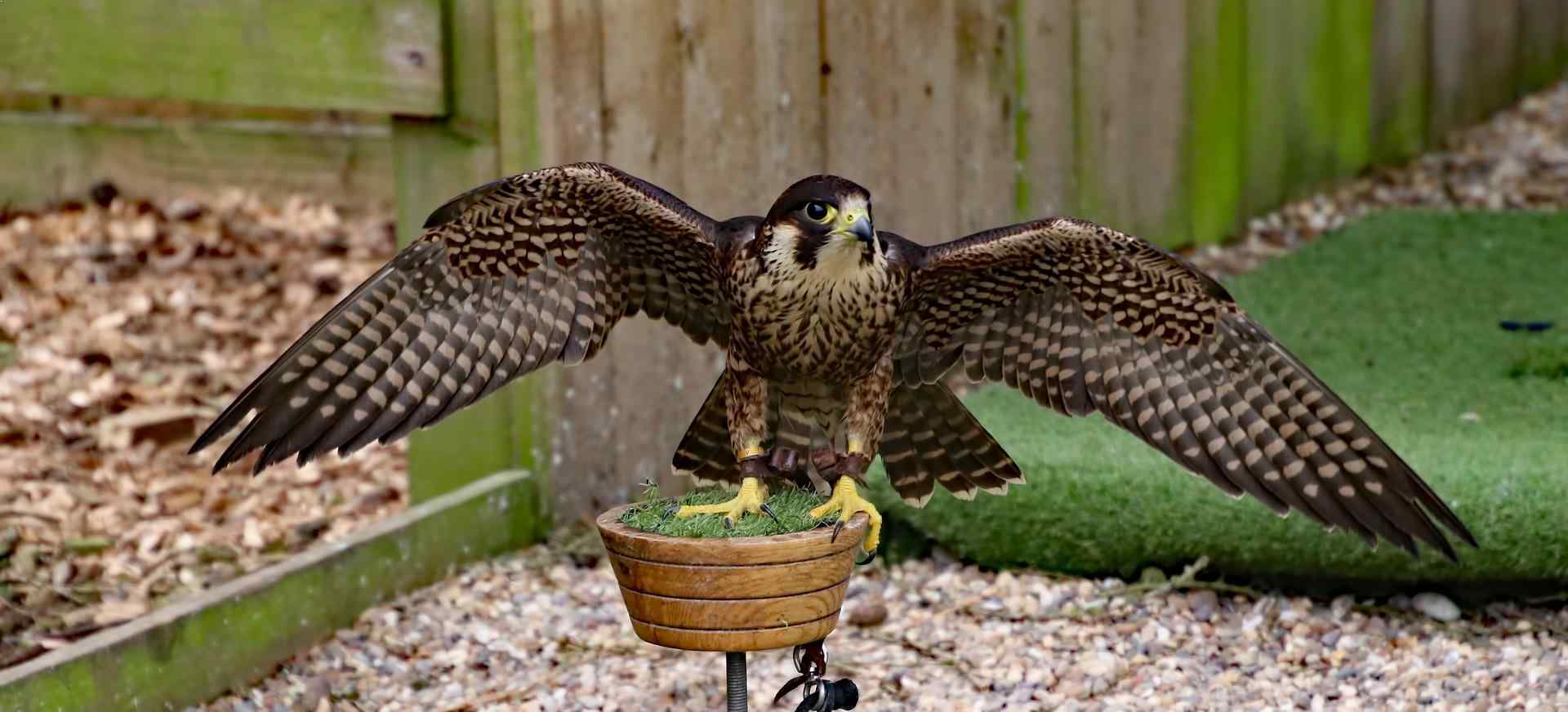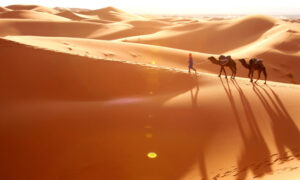Sahara, as we all know is the world’s largest hot desert that covers the majority portion of North Africa. Sahara with its hyper-arid conditions, fierce winds, intense heat and temperature makes adaptability really a fascinating for both humans as well as for animals. However, it is interesting to know that there 70 species of mammals, 90 species of resident birds, 100 species of reptiles, and numerous species of arthropods. So, here is the list of top ten incredible adaptive Sahara desert animals,
Adaptive Sahara Desert Animals
1. Dromedary Camel
One of the incredibly adaptive Sahara desert animals, the dromedary camel, also known as the Arabian camel, exists today only as a domesticated animal but they were domesticated more than 3,000 years ago mainly for transport across arid regions. Camel, most popularly known as the “Ship of the Desert”, has an excellent adaptability to desert areas they can easily carry an extra 200 pounds while walking 20 miles a day in the harsh desert.
Also, camels can endure a considerable period of time without food and water. The most unique feature of Dromedary Camel is the fat stored hump. They can be both one-humped and two-humped camels, however, camels seen in Sahara are mostly one-humped or dromedary camels. They can store up to 36 kg of fat and when food is less they will convert this fat into energy and water. The camels have been introduced to the Sahara desert back in 200 A.D and thereafter they are perfectly adapted to the harsh climate of Sahara Desert. Camels are one of the species created by nature that carry extra fat to survive.
Related: 10 Interesting Facts About The Sahara Desert
2. Goitered Gazelle
The Goitered Gazelle or black-tailed gazelle is a native of central Asia, south-western Pakistan, Iran and the Gobi desert. The Goitered Gazelle, which means ‘Full below the Throat’ has got its name because of the throat and neck parts that swell during some season.
However, this goitre is not due to the enlargement of its thyroid gland. Goitered gazelle is found mainly in gravel plains, limestone plateaus, and sands in deserts. Unlike other gazelle species, the Goitered gazelle runs at a very high speed and it neither leaps nor has a bounding gait.
3. Addax Antelope
The Addax is a large desert-dwelling member belonging to the antelope family. It is also called as the ‘screw horn antelope’, because of its twisted horns. It is closely related to the Oryx but it is critically an endangered mammal which is found in several isolated areas mainly in the Sahara desert of Northern Africa. The addax is extremely rare mammals found within its natural habitat.
According to one report, only 500 Addax are left in the wild. However, this antelope could, unfortunately, face extinction in the coming years. The species is quite famous for its sleekness and its beauty. Its height varies between 100-114 centimetres and weighs up to 124 kilograms. Both male and female have a similar appearance with twisted horns and 3.1-3.8 meters in length. The primary reason for the major population drop is being illegally hunted and global warming.
4. Horned Viper
The Saharan horned viper, also known as the desert horned viper, is one of the most venomous snakes in the world. It is native primarily to semi-arid environments and stony deserts mainly at an altitude of about 4900 feet above the sea level. It is found in many North African countries like Morocco, Mauritania, Mali, eastward through Algeria, Niger, Tunisia, Libya and Egypt, Chad, Sudan, Ethiopia, Somalia and northern Israel.
The species most distinctive characteristic is the presence of supraorbital “horns” over its every eye which is used to protect the snake’s eyes from sand and also help it with camouflage. The unique sideways shape of the horned viper makes them move through the sands quickly and effectively. Sadly, the horned viper is on the endangered list and the primary reason is the global changes in the environment. Horned vipers generally use camouflage technique to catch the rodents that hide in ambush predator.
5. Fennec Fox
Foxes belong to several genera of the family Canidae. They are terrestrials with a flattened skull, upright triangular ears, a pointed, slightly upturned snout, and a long bushy tail. Mostly predatory in nature, foxes usually live on of invertebrates such as insects, and small vertebrates such as reptiles and birds. Their diet may also at times include eggs and plants. The Red Fox is by far the most widespread and recognized species of foxes found so far.
The fennec fox is a small member belonging to the vulpine family. This small nocturnal fox is found mainly in North Africa, the Sinai Peninsula, South West Israel (Arava desert) and the Arabian desert. The most distinctive feature which makes Fennec Fox really unique is its unusually large ears, which also helps them to dissipate heat.
Also, the fennec is the smallest species of canid that can easily adapt to high-temperature, low-water and desert environments. These foxes are nocturnal animals and their large ears help them to hear better in the desert and keep them cool. One of the adaptive Sahara desert animals can live without water for a long period. Their body is made in such a way that they can consume the moisture from the food they eat. The kidneys function works in a way to prevent dehydration.
6. Death Stalker Scorpion
The deathstalker scorpion is found in the dry desert and arid areas of northern Africa and the Middle East, making its home under stones and in natural burrows. It is generally yellow-green in colour, with thin and lanky limbs. The deathstalker is one of the most toxic and dangerous animals of any scorpion species in the world.
Also, it can prove to be very dangerous for humans as it is very aggressive, and its venom is too toxic that can cause respiratory failure and death. Scorpions use their pincers to capture their prey. The pincers of the deathstalker scorpion are however large but weak, so it has to sting its prey quickly and effectively. Talking about the appearance, Death Stalker Scorpion is translucent and yellow in appearance and capable of living an entire year on a few insects. They usually take water from the food they eat making them one of the most adaptive Sahara desert animals. During hot hours, scorpion hides in burrows or under the rocks. They usually come in the night for hunting and love to eat spiders, beetles and ants.
7. Ostrich
Ostrich is a large flightless bird found only and only in Africa. It is the largest living bird in Africa, where an adult male ostrich can be 2.75 meters tall and weigh more than 150 kilograms, the female is somewhat smaller. The male is mostly black in colour but has white plumes in their wings and tail whereas females are mostly brown in colour. Ostriches are seen both individually as well as in pairs, in small flocks, or in large aggregations, depending on the season. Ostriches are one of the adaptive Sahara desert animals and can run with a speed of 40 miles an hour, comparable to the speed of the gazelles making them one of the fastest land animals in the world.
The species is capable of travelling long ways that help them to spot and avoid predators. Whenever they are attacked they generally fight back by kicking their longs. The movement of Ostriches on the Sahara desert is quite simple with the help of two-toed feet. People usually believe that Ostriches buries their heads in the sand when threatened, however, it is a totally wrong animal myth. The species is capable of moving its head in any direction that will also help them to protect themselves from the predators. They love to eat leaves, roots and seeds.
Related: Top 10 Strange Animals Found Only in Africa
8. Arabian Oryx
The Arabian oryx, also known as the white oryx is the smallest member of the genus Oryx, and native to desert and steppe areas of the Arabian Peninsula and hence one of the adaptive Sahara desert animals. It is a medium-sized antelope with a distinct shoulder bump, that has long, straight horns, and a tufted tail. In 1986, the Arabian oryx was classified as endangered on the IUCN Red List, and in 2011, it was the first animal to revert to vulnerable status.
9. Desert Monitor
The desert monitor is a species of the order Squamata found mainly in North Africa, Central and South Asia. The desert monitor is one of the largest reptiles in its expansive range and also the most northerly distributed monitor species. It has a long body and robust, with sturdy limbs, and a long, powerful tail which can be used liked a whip in defence.
It is a carnivore reptile, feeding mainly on a wide range of vertebrates and invertebrates. The species travel long distances in search of food with a speed of 20 miles per hour. It has forked tongues similar to snakes which help them to sense the chemical clues in the air and contrary helps them in locating predators. Naturally, their attack is spontaneous in its preys that include insects, birds and small mammals.
10. Falcon
Falcon is the prey bird belonging to the genus Falco, which includes about 40 species. Falcons are widely distributed on all continents of the world, but they are rarely found in Antarctica. The Falcons are the largest birds in the genus Falco, where the largest falcon is the gyrfalcon with 65 cm length. The smallest falcons are the kestrels, which measures just 25 cm.
However, adult falcons have thin, tapered wings, which enable them to fly at high speed and change direction rapidly. Talking about the appearance, it has a hooked beak, aerodynamic body with pointed wings and strong talons. The species is most active during the day. It is a carnivore and love to eat rodents, frogs, fish, bats and small birds.
Related: Top 10 Fastest Birds In The World
These are the incredibly adaptive Sahara desert animals in the world. Do post your comments.

